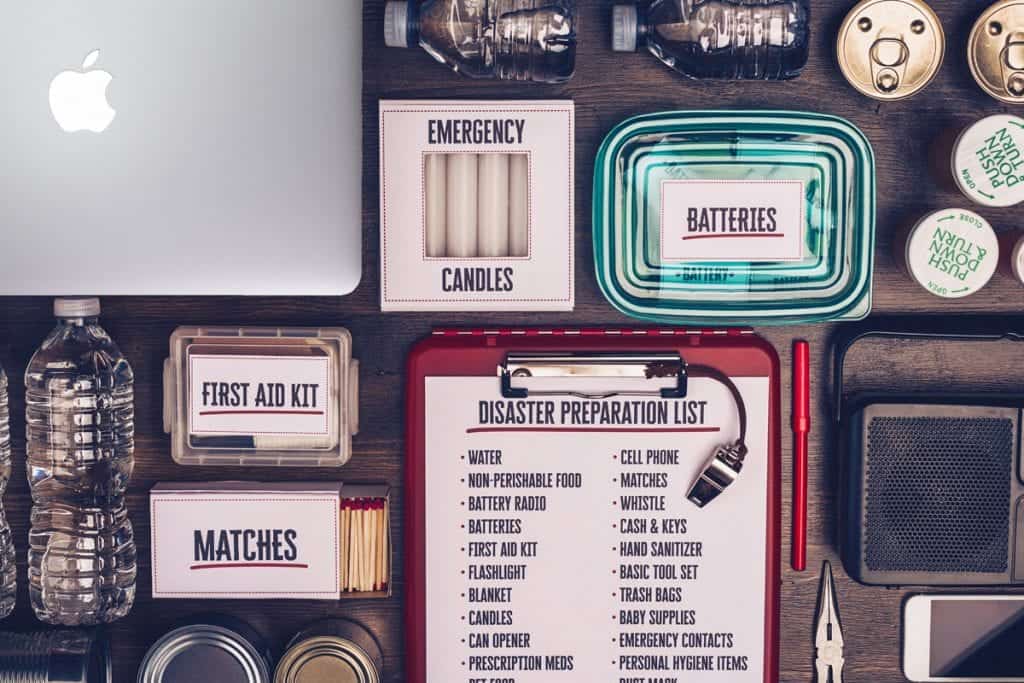Spring weather has finally settled across most of North America, which means emergency preparedness drills are also in full swing. Next month, the Federal Emergency Management Agency will lead a major two-week exercise simulating a land-falling hurricane in Virginia.
In our nation’s capital, the DC Health and Medical Coalition will run its own first responder exercise on May 7th. Last week, the state of Utah practiced its own Great Shakeout earthquake drill. And on April 12th, Hartsfield-Jackson International Airport in Atlanta conducted a “Big Bird” airplane disaster drill with firefighters, law enforcement, and rescue personnel.
All of these exercises are extremely valuable in preparing people for the worst natural and manmade disasters. But one aspect of preparedness often goes overlooked: how will your technology survive a major event? Even when we’re equipped for an emergency, sometimes things don’t go according to plan. This holds especially true when talking about computers, servers, networks, smartphones, hard drives, and other IT devices.
You can implement many strategies to reduce the risk of an IT outage before, during, and after a disaster. Maintaining your hardware infrastructure and keeping software patched is job #1, along with educating your employees on the importance of network security and keeping data safe.
Many business owners overlook remote backup, disaster preparedness, and business continuity planning because they assume a natural disaster will never affect them. Annual surveys by the National Small Business Administration show that nearly 2/3 of small business owners don’t have a disaster recovery plan—or access to a backup generator.
Why? Many say it’s because they don’t live on the coast, near a river, in Tornado Alley, or on a fault line. But the NSBA estimates that 65% of US businesses are situated in geographic areas that regularly suffer from natural disasters. And the data centers that house the bulk of U.S. business information are primarily located in populous states like California, Texas, New York, Florida, and Washington—coincidentally, the same five states that lead the pack in FEMA disaster declarations.
So What Can You Do to Give Your Business a Leg up When It Comes to Disaster Preparedness?
CMIT Solutions recommends the following five critical steps:
The vast majority of business backups are done on-site—often on drives located directly next to the computers they’re backing up. If fire, flood, or theft affects your business, you can’t expect those backups to be spared.
Instead of getting bogged down in the details of a particular disruption, comprehensive disaster recovery planning addresses the steps necessary to get your business up and running, no matter the event.
Many business owners think that, even if a disaster strikes, they’ll only be affected for a few days. This is one of the indirectly harmful assumptions one can make—take Hurricane Harvey, for instance, which rocked the Houston area, displacing residents from their homes for months at a time. The local businesses that were able to maintain communication with their clients via mobile phones, laptops, or even good old-fashioned handshakes were the ones that saw their reputations as pillars of the community strengthen in the wake of that devastating storm.
The best disaster preparedness plans include virtualization, which takes the data you have backed up remotely and rebuilds it on existing or secondary equipment in case of disaster. But if you haven’t tested your solution to see how quickly it can retrieve information and get you back up and running, you could suffer. Top-tier offerings like CMIT Guardian can perform a full restore in less than 48 hours—and those hours can mean the difference between weathering a storm and succumbing to it.
This focuses on employee responsibility and communication—how everyone will be notified in the wake of a disaster, who handles which parts of the recovery plan, what lines of communication will be relied upon, primary roles vs. backup roles, etc. Testing these in advance is crucial to success.
Even if this information convinces you of the critical nature of disaster preparedness, you may not know how to implement such a plan. That’s where CMIT Solutions comes in: we specialize in helping small to medium-sized businesses prepare for and weather even the roughest of storms.
Over the last few years, we’ve helped scores of businesses survive hurricanes, floods, wildfires, and ice storms, along with the day-to-day perils of human error and hardware failure. As fellow business owners ourselves, the best feeling we get at CMIT Solutions is when we can help you overcome such obstacles. Contact us today so we can put you on the path to well-prepared success.

